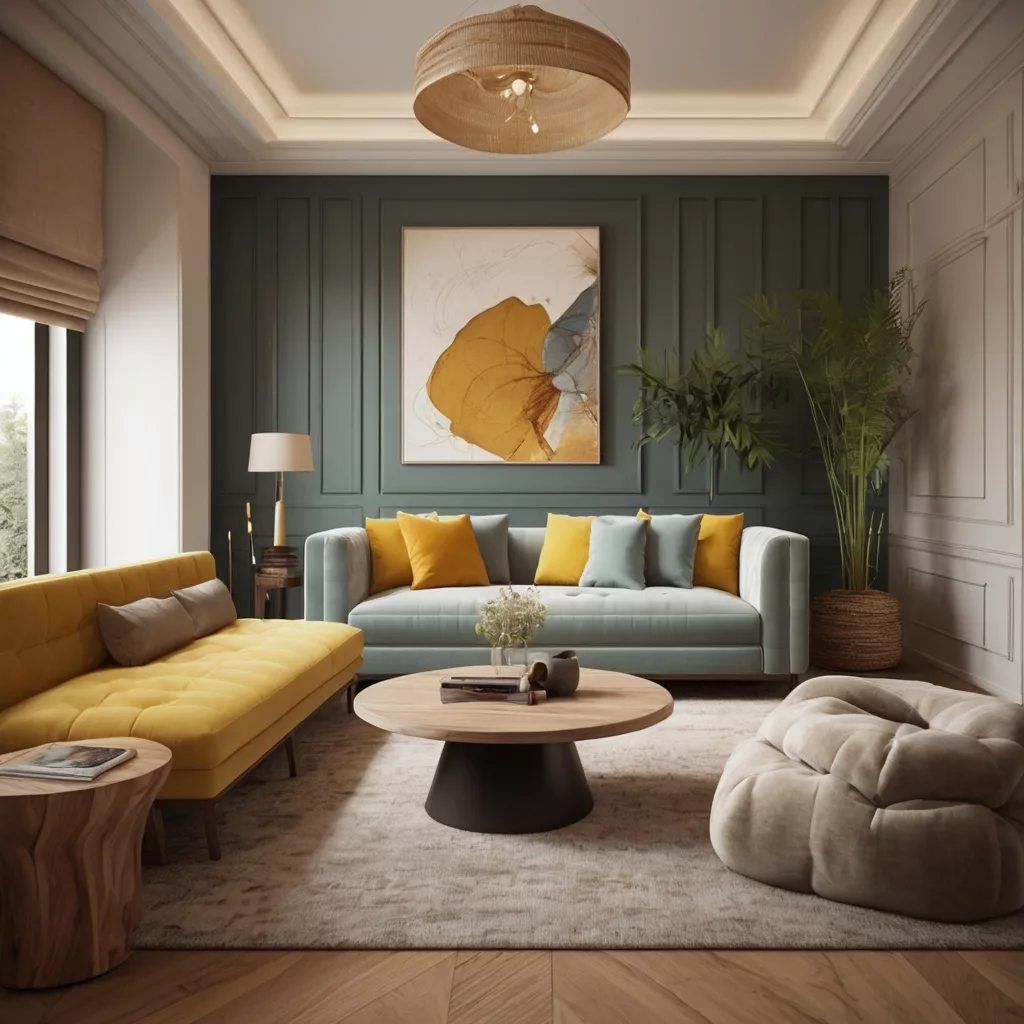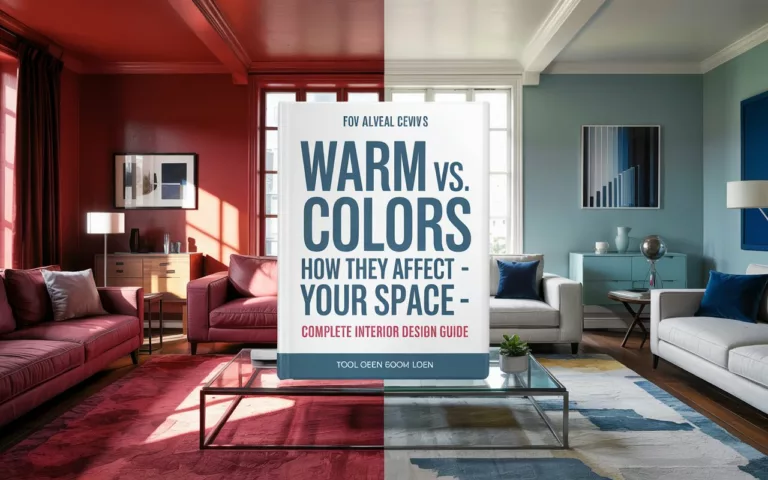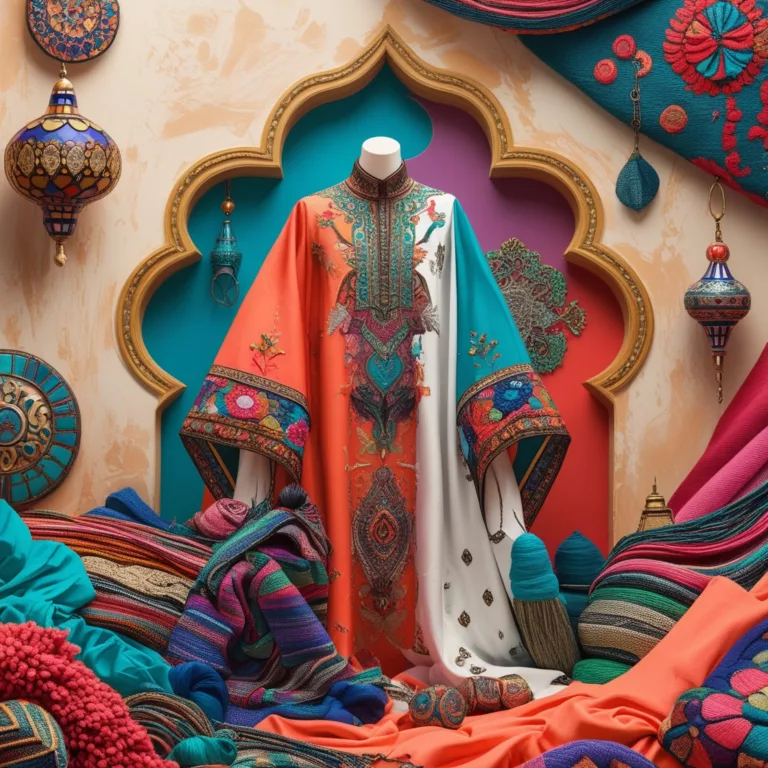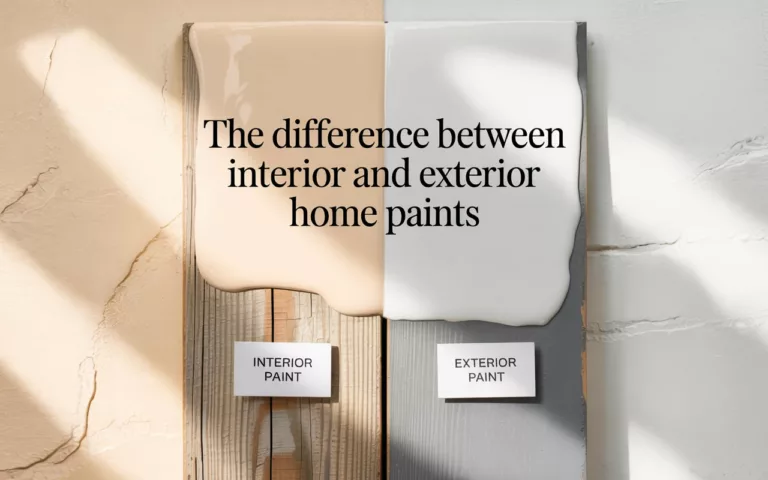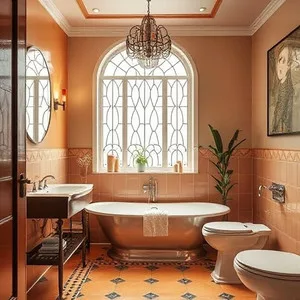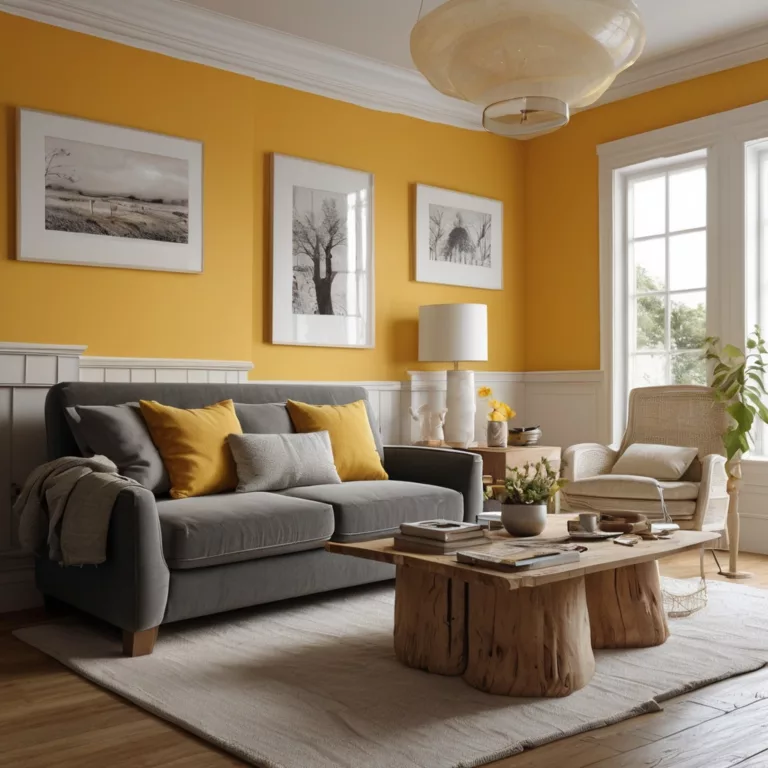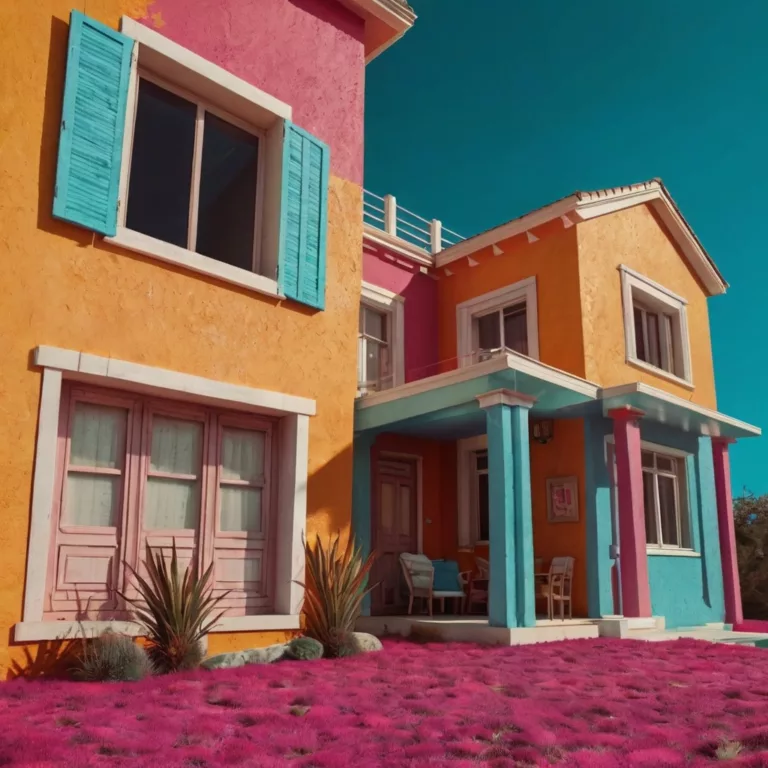Living Room Colors: Create a Cozy & Stylish Space
Transform your living area with the perfect living room colors that balance comfort and style. This comprehensive guide explores color psychology, trendy palettes, and practical tips for creating your dream space.
Introduction to Living Room Colors
The living room colors you choose set the tone for your entire home. As the central gathering space where family and friends connect, relax, and entertain, your living room deserves thoughtful color consideration. The right living room colors can transform an ordinary space into a cozy sanctuary that reflects your personality while creating the atmosphere you desire.
In this extensive guide, we’ll explore everything you need to know about living room colors—from understanding color psychology and current trends to practical application techniques and complementary design elements. Whether you’re planning a complete renovation or simply refreshing your space, these insights will help you make informed decisions about living room colors that create both comfort and style.
The Psychology of Living Room Colors
Before diving into specific palettes and combinations, it’s important to understand how living room colors affect our mood, perception, and overall well-being. Color psychology plays a crucial role in interior design, especially in spaces where we spend significant time.
Warm Living Room Colors
Warm living room colors like reds, oranges, and yellows create an inviting, energetic atmosphere that stimulates conversation and activity.
- Red: Stimulates energy and passion but can be overwhelming in large doses. Consider burgundy or terracotta as sophisticated alternatives for living room colors.
- Orange: Radiates warmth and sociability, making it perfect for family-oriented living room colors. Softer peach and coral tones offer subtlety.
- Yellow: Brings cheerfulness and optimism to living room colors, making spaces feel sunny and welcoming. Muted mustard or buttery tones work well for entire walls.
Cool Living Room Colors
Cool living room colors such as blues, greens, and purples tend to promote relaxation, tranquility, and introspection.
- Blue: Creates calm and serenity, making it one of the most popular living room colors. Navy adds sophistication, while lighter blues expand space.
- Green: Connects us with nature and promotes balance, making it a versatile choice for living room colors. Sage, olive, and emerald all offer distinct moods.
- Purple: Adds luxury and creativity to living room colors. Deep eggplants convey sophistication, while lavenders create softness.
Neutral Living Room Colors
Neutral living room colors provide versatility and timelessness, serving as excellent backdrops for more vibrant accents.
- White: Maximizes light and creates a sense of spaciousness in living room colors. Various undertones from warm creams to cool whites offer different effects.
- Gray: Offers sophisticated neutrality among living room colors, with warm or cool undertones that can dramatically change a room’s feel.
- Beige and Brown: Provide warmth and grounding, making them comforting living room colors that work especially well in traditional spaces.
- Black: Used strategically, black adds drama and definition to living room colors, anchoring spaces when used on accent walls or furniture.
Current Trends in Living Room Colors
Living room colors evolve with broader design trends, cultural shifts, and technological advancements. Here’s what’s currently influencing living room color choices:
Nature-Inspired Living Room Colors
Bringing the outdoors in continues to dominate living room colors, with organic hues that connect us to the natural world:
- Earthy terracottas and clay tones
- Forest and sage greens
- Ocean-inspired blues
- Stone-like grays with warm undertones
- Mushroom and other fungi-inspired neutrals
These living room colors reflect our desire for connection to nature and sustainability in our homes.
Rich, Saturated Living Room Colors
Moving away from the minimalist approach, many are embracing bold, rich living room colors:
- Emerald green
- Navy blue
- Burgundy and wine tones
- Mustard yellow
- Charcoal with colored undertones
These saturated living room colors create depth and personality, especially when used thoughtfully on feature walls or statement furniture.
Soft, Calming Living Room Colors
In response to stressful lifestyles, soothing living room colors have gained popularity:
- Dusty pink and rose
- Pale sage green
- Soft blue-grays
- Gentle lavender
- Warm whites with subtle undertones
These tranquil living room colors create sanctuary-like spaces focused on well-being and relaxation.
Vintage-Inspired Living Room Colors
Nostalgic living room colors evoke different eras while feeling fresh in contemporary contexts:
- Mid-century mustards and olives
- Art Deco-inspired teals and golds
- 70s-inspired rust and amber tones
- 90s-inspired muted pastels
These living room colors connect us to design heritage while allowing for personal expression.
Creating Color Schemes for Your Living Room
Developing a cohesive palette of living room colors requires understanding how colors work together. Here are the most effective approaches:
Monochromatic Living Room Colors
Using variations of a single color creates sophisticated harmony in living room colors. For example, a blue monochromatic scheme might include:
- Navy for major furniture
- Medium blue for walls
- Powder blue for accents
- Various blue-grays for transitional elements
This approach to living room colors creates depth without complication.
Complementary Living Room Colors
Pairing colors from opposite sides of the color wheel creates vibrant living room colors with natural balance:
- Blue and orange
- Purple and yellow
- Green and red (usually in muted forms like sage and rust)
These living room colors create energy and visual interest.
Analogous Living Room Colors
Selecting colors adjacent on the color wheel creates harmonious living room colors with natural flow:
- Blue, blue-green, and green
- Red, red-orange, and orange
- Yellow, yellow-green, and green
These living room colors create cohesion while maintaining visual interest.
Neutral Base with Color Accents
Perhaps the most versatile approach to living room colors features a neutral foundation with thoughtfully selected color moments:
- Greige walls with emerald and brass accents
- Warm white backdrop with terracotta and indigo elements
- Soft gray foundation with blush and navy details
This flexible approach to living room colors allows for seasonal changes and evolving preferences.
Practical Application of Living Room Colors
Knowing which living room colors you love is just the beginning. Successful implementation requires understanding how to use them effectively throughout your space.
Living Room Colors for Walls
As the largest color surface in your room, wall colors require careful consideration:
- Paint: The most common application for living room colors, offering unlimited options at reasonable cost. Consider finishes carefully—flat for minimal reflection, eggshell for subtle sheen and better durability, or semi-gloss for maximum cleanability.
- Wallpaper: Reintroduces pattern and texture to living room colors, with options ranging from subtle textured solids to bold graphic prints that can serve as artwork.
- Accent Walls: Allow for bolder living room colors without overwhelming the space. Consider architectural features when selecting which wall to highlight.
- Color Blocking: Creates contemporary interest by using multiple living room colors in geometric configurations rather than traditional wall divisions.
Living Room Colors for Furniture
Your furniture choices significantly impact your living room colors palette:
- Sofas and Sectionals: As large items, these anchor your living room colors scheme. Neutrals offer longevity, while color creates a statement.
- Chairs and Accent Furniture: Perfect for introducing complementary living room colors that might be too bold for larger pieces.
- Wood Tones: Though not traditional “colors,” wood finishes contribute significantly to your living room colors palette. Consider whether warm (cherry, oak) or cool (walnut, gray-washed) tones better complement your scheme.
- Upholstery Textures: Affect how living room colors appear—velvet deepens color, while linen makes it appear more casual and lightweight.
Living Room Colors for Accessories
Accessories offer the most flexible way to experiment with living room colors:
- Pillows and Throws: Low-commitment ways to introduce seasonal or trendy living room colors.
- Rugs: Can either anchor your living room colors scheme or introduce complementary hues and patterns.
- Curtains: Impact both the light quality and color balance of living room colors. Consider whether they should blend or contrast with walls.
- Art and Decor: Express personality through living room colors in paintings, sculptures, and decorative objects.
- Plants: Introduce natural green living room colors that complement virtually any palette while adding life to the space.
Living Room Colors for Different Design Styles
Your preferred interior design style naturally suggests certain living room colors:
Modern Living Room Colors
Contemporary spaces typically feature:
- High-contrast living room colors (black and white)
- Punchy accent colors (electric blue, bright red)
- Minimal use of many colors, focusing instead on careful selection
- Emphasis on pure hues rather than muted variations
Traditional Living Room Colors
Classic interiors generally incorporate:
- Rich, warm living room colors (burgundy, navy, forest green)
- Natural wood tones that influence the overall palette
- Muted, sophisticated variations rather than primary colors
- Complementary colors used in patterns and textiles
Scandinavian Living Room Colors
Nordic-inspired spaces typically showcase:
- Bright white as the dominant among living room colors
- Pale woods that add warmth without color saturation
- Minimal black accents for definition
- Subtle pastel living room colors like blush, sky blue, or pale sage
Bohemian Living Room Colors
Free-spirited bohemian interiors celebrate:
- Rich jewel-toned living room colors (emerald, sapphire, amethyst)
- Earthy terracottas and ochres
- Layered, multiple living room colors rather than minimal palettes
- Unexpected color combinations that express individuality
Industrial Living Room Colors
Factory-inspired spaces typically feature:
- Raw material colors like concrete gray and rust
- Black metal accents
- Warm wood tones to soften otherwise cool living room colors
- Occasional bright accents against neutrals for visual punch
Living Room Colors for Different Room Sizes and Orientations
The physical characteristics of your space should influence your living room colors choices:
Living Room Colors for Small Spaces
- Light, cool colors generally make rooms feel larger
- Consider monotone living room colors to reduce visual boundaries
- Limit contrasting colors that can segment the space
- Use ceiling color strategically—either matching walls to raise height or creating interest with subtle color
Living Room Colors for Large Spaces
- Darker or warmer living room colors can create coziness in expansive rooms
- Consider zone-specific living room colors to divide functional areas
- More contrast can be accommodated without overwhelming the space
- Multiple complementary living room colors add interest to large blank spaces
Living Room Colors for North-Facing Rooms
- Combat cooler light with warmer living room colors
- Yellow undertones help neutralize bluish natural light
- Avoid cool grays and blues that may appear flat and lifeless
- Embrace the natural moodiness with rich, cocooning living room colors
Living Room Colors for South-Facing Rooms
- Balance intense natural light with cooler living room colors if desired
- White appears truly white, allowing for pure color expression
- Almost any living room colors work well, offering maximum flexibility
- Consider how intense sunlight might fade certain colors over time
Seasonal and Adaptable Living Room Colors
Creating a space that can evolve through seasons and years requires strategic thinking about living room colors:
Year-Round Living Room Colors
Develop a foundation of living room colors that work regardless of season:
- Neutral walls in warm or cool tones depending on your preference
- Furniture in classic, enduring living room colors
- Hardwood floors that complement rather than compete with changing color schemes
Seasonal Living Room Colors Adaptation
Adjust your living room colors throughout the year:
Winter Living Room Colors:
- Add rich jewel tones
- Incorporate metallic accents
- Embrace deeper versions of your core living room colors
Spring Living Room Colors:
- Introduce fresh greens and gentle pastels
- Lighten textiles to brighter variations of your living room colors
- Add floral-inspired hues for seasonal freshness
Summer Living Room Colors:
- Embrace cooling blues and crisp whites
- Consider tropical-inspired accent living room colors
- Reduce visual weight with lighter color applications
Fall Living Room Colors:
- Warm the palette with amber, rust, and gold accents
- Deepen your core living room colors
- Add textural elements in nature-inspired hues
Living Room Colors and Lighting Considerations
The relationship between light and living room colors dramatically affects how your space feels:
Natural Light Effects on Living Room Colors
- Morning eastern light brings out warmth in living room colors
- Afternoon western light intensifies and warms colors
- Northern light cools and softens living room colors
- Southern light provides the truest color rendition but can be intense
Artificial Lighting and Living Room Colors
Different light sources dramatically affect how living room colors appear:
- Incandescent/halogen: Warms and yellows most living room colors
- Cool LED/fluorescent: Tends to flatten and blue living room colors
- Warm LED: Enhances warmth in living room colors
- Smart lighting: Allows adjustable effects on living room colors throughout the day
Always test living room colors under both day and night lighting conditions before committing to major changes.
Living Room Colors That Increase Home Value
If resale value concerns influence your living room colors choices:
Universally Appealing Living Room Colors
Research shows these living room colors tend to positively impact property value:
- Soft, warm neutrals (greige, warm white, gentle taupe)
- Light blues and greens in subtle, sophisticated tones
- Consistent, flowing living room colors that extend into adjacent spaces
Living Room Colors to Approach with Caution
Some living room colors may limit buyer appeal:
- Highly specific or unusual color choices
- Very dark colors that might make spaces feel smaller
- Extremely bright or neon living room colors
- Dated color combinations associated with specific eras
Remember that temporary living room colors (accessories, art, minor furniture) can express personality while keeping major elements neutral for future sale.
Practical Tips for Testing Living Room Colors
Before fully committing to living room colors:
Sample Testing Methods
- Paint large sample boards (at least 2’×2′) rather than small swatches
- Position samples on different walls to see how light affects living room colors
- View samples during different times of day and weather conditions
- Consider how samples interact with existing living room colors and elements
Digital Testing Options
- Use room visualization apps to “try on” living room colors
- Create digital mood boards combining potential living room colors
- Research similar spaces online to see how living room colors appear in completed rooms
- Consider virtual interior design consultations for professional guidance on living room colors
Living Room Colors: Bringing It All Together
Creating a successful living room colors scheme requires balancing several factors:
- Personal Preference: Above all, you should love your living room colors, as you’ll spend significant time with them.
- Functionality: Consider how living room colors support the activities in your space.
- Existing Elements: Unless starting completely fresh, your living room colors must work with some existing items.
- Architecture: Honor your home’s bones with appropriate living room colors.
- Light Conditions: Select living room colors that work with your specific light situation.
- Design Longevity: Consider how long you plan to live with these living room colors.
Conclusion: Creating Your Perfect Living Room Colors Palette
The living room colors you choose profoundly affect how you experience your home each day. By understanding color psychology, current trends, practical applications, and how colors interact with your specific space, you can create a living room that feels both personally meaningful and aesthetically pleasing.
Remember that living room colors aren’t just a design choice—they’re an expression of personality and a tool for creating the feeling you want in your most-used space. Whether you prefer calming neutrals, energizing brights, or sophisticated deep tones, your perfect living room colors await.
Take time to explore options, test choices thoroughly, and consider how your living room colors will evolve with seasons and years. The perfect palette creates a space that welcomes, comforts, and inspires you every time you enter.

